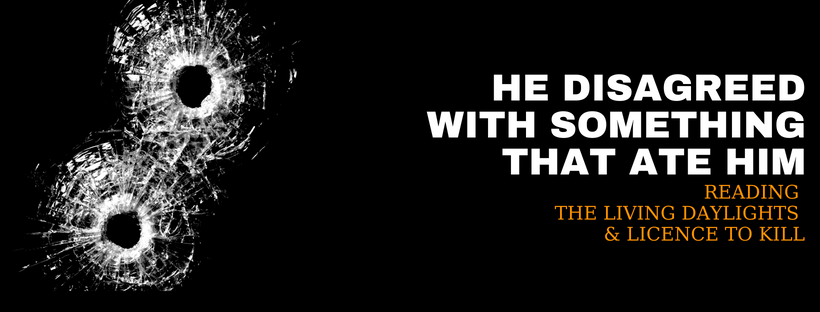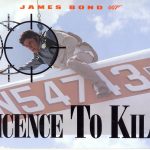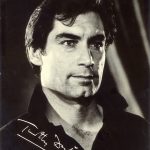PREFACE
Like many boys who grew up in the 1980s I developed a close relationship with the James Bond films.
A perennial fixture on British television, and at the local video rental, the films were ones I watched and re-watched. For m
any years my favourites were the Roger Moore films, especially The Spy Who Loved Me, Moonraker and Octopussy. They were light and fun and simple to follow. Around 1989, at the grand age of 10, I found my tastes shifting. This was probably due to the onset of adolescence, but also the effect of the new, dark-gothic, Batman film which providing a richer form of escapism than I was used to. This in turn lead me to the comics of Frank Miller and Alan Moore, adding more layers to a character I had once known in Adam West’s fabulously campy performance. And into my nascent more cynical world came Timothy Dalton’s Bond films.
Dalton’s Bond has always been something of a problem. When the films came out, The Living Daylights in 1987, Licence to Kill in 1989, critical reaction was split. Over the years, spurred on by the lapse in production between Licence to Kill and Goldeneye in 1995, and Dalton’s decision to step away from the role after only two films, there has grown a consensus that the films are failures (particularly Licence to Kill). Whereas the once reviled On Her Majesty’s Secret Service (1969), and its star George Lazenby, have been revisited and reappreciated Dalton’s two films remain in the shadows of what came before and after. This was not helped by the dip in box-office that Licence to Kill encountered when it was released into the summer of 1989 when Batmania was in full swing.
During that gap of six years I, however, discovered them. They existed only as VHS recordings of edited versions shown on television, but I didn’t know any better. They led me to reading all of Fleming’s Bond novels (and most of John Gardner’s continuation series), revisiting the earlier Connery films and, in a proper sign of teenage obsession, joining the official fan club whose publication 007 Magazine I devoured ravenously.
With no new movies to watch I could only look back and took to memorising as much information as possible. I was a full-blown Bond nerd.
When 1995 rolled around I had become manic in expectation of James Bond’s return. I would scour the papers for news, buy any magazine that had Pierce Brosnan on the cover, tape the Tina Turner music video when it was on television and watch it back for clues as to the film’s content. This was, of course, before the internet so spoilers were much harder to come by. The novel adaptation was duly absorbed, the television spots and trailers waited for, in a sense of almost religious fervour. And then it debuted, and it was as good as anything I could have hoped for. Goldeneye seemed to unify Connery and Moore while the film updated the traditional Cold War setting in a clever and relevant way. Bond was back on top.
Yet something was a bit off. It was during the opening sequence – itself an excellent stream of action and stunts – that it became evident. It was set in 1986. With one stroke Dalton’s films were removed. In all probability the date was a reference to when Brosnan was first cast as Bond (only to be denied by his television contract) but it felt like an odd slap in the face to a Dalton fan. As Brosnan’s films descended into special effects, thin characterisation and absurdity, Dalton’s films grew for me. Here was a version of Bond that seemed closest to Fleming, a more grounded sense of the character to whom killing wasn’t a game and the women weren’t so disposable. Dalton would never have worn x-ray glasses or driven an invisible car, nor have such a penchant for kissing dead women.
Die Another Day relieved me, after 12 years, of my Bond obsession. Sure, some of the Moore films were bad, in retrospect, but this was worse (not helped by some poor CGI and the stunt casting of Madonna). The producers seemed to know it and, despite healthy box-office, took the radical decision to reboot the series.
So, why return to Dalton now? It’s coming up to 30 years since the release of Licence to Kill and it remains in many circles an underappreciated film. This book is intended to draw greater critical attention to Dalton’s films and reevaluate them as a radical attempt to change the Bond series for the better.
In an interview in 2014 Dalton opened up about why he left the series. A man who was never comfortable with global fame and the associated intrusion into his private life discussed how he would have to commit to more films to continue. He was unwilling to make such a commitment: “I thought, oh, no, that would be the rest of my life. Too much. Too long. So I respectfully declined” (Meslow, 2014). It occurred to me that Dalton had disagreed with something that ate him.






Comments are closed.